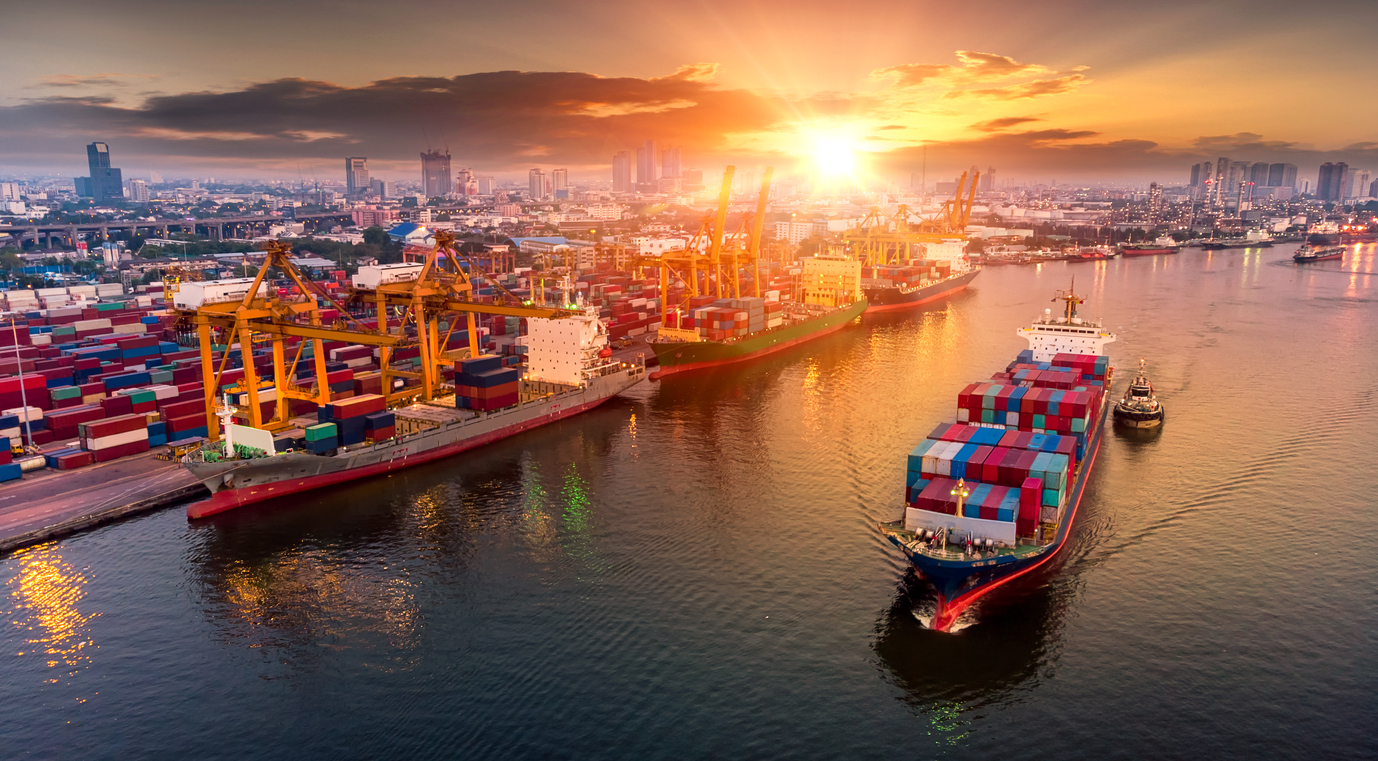Author: Kampon Adireksombat, Ph.D. ,Panundorn Aruneeniramarn and Jirayu Photirat
![iStock-1144933955.jpg]()
Thailand’s economic growth in the second quarter of 2019 decelerated at 2.3%YOY, which is the slowest rate in nineteen quarters. This was significantly due to a drop in exports, both goods and services.For production side, agricultural sector contractedby drought effect while industrial sector’s deteriorated following the export-related production.
EIC assesses 2019 Thailand’s GDP growth would below 3% from global economic slowdown. However, fiscal stimulus packages , which should be approved by the cabinet tomorrow (August 20, 2019), are able to positively affect Thailand’s GDP.
| Key points |
Based on the expenditure approach, exports and tourism pulled down the growth while private consumption progressively expanded.
- Export values in real terms dropped 5.8%YOY following a drop of 5.9%YOY in the previous quarter due to the global economic slowdown and higher tensions from U.S.-China trade war. Imports also shrank in real terms of -3.4%YOY, down from the previous quarter, which was at -2.6%YOY, from the reduction of raw material, and intermediate goods import for producing exporting products.
- Service exports contracted from the drop in tourists’ number and transportation income, at-7.0%YOY, which was resulted from a slow in foreign tourist numbers, as well as a decline in transportation income, both in terms of transportation and freight.
- Private consumption softened, at 4.4%YOY. This was mainly due to the decline in growth of durarable goods, at 5.5%YOY, declined from the expansion of 8.2% YOY in the previous quarter following the drop in auto sales. However, the growth of non-durable, and semi-durable goods accelerated at 3.0%YOY and 4.7%YOY, respectively, compared with the growth at 2.5%YOY and 2.8%YOY in the previous quarter. The continuous growth was supported by economic stimulus through the state welfare cards, valued at THB 13.2 billion.
- Private investment growth slowed both in construction and machinary&equipment, at 2.2%YOY, reduced from the rise of 4.4%YOY in the previous quarter. This was due to a decline in machinery&equipment investment used in offices, industries, and automotives. Similarly, construction growth also decelerated from residence construction, mainly in Bangkok and Perimeter including municipal.
- Public investment growth was rebounded at 1.4%YOY after shrinking -0.1%YOY from the previous quarter. This was resulted from the continous expansion in public construction, at the accelerated rate of 5.8%YOY from the increase of 4.1%YOY in the previous period. However, the investment in machinery& equipment continuously dipped at -8.5%YOY, partially affected from no airplanes imported by Thai Airways in the second quarter.
|
Read more
